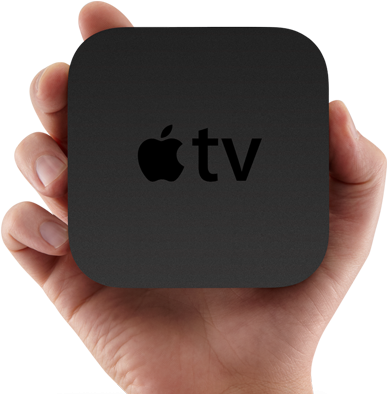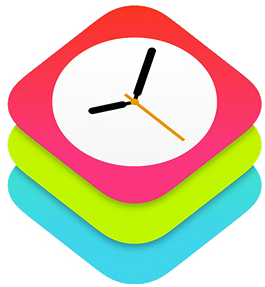
I suppose it's about time I wrote about Little Bites of Cocoa. I've been having a blast with it. Here's a little about how it came to be:
The idea was simple. Daily bite-sized (get it?) tips and tricks to give readers a brief overview or explanation of a particular concept, technique, or tool.
I drew tons of inspiration from some of my favorite publications and content like Railscasts and NSHipster.
Originally I was planning on making Little Bites of Cocoa as a series of very short screencasts, but I quickly realized just how much work that was going to be. I'm lazy. I thought there might be a way I could communicate the same information, but without all the effort of video production.
Around the same time, I was experimenting with what it might be like to publish content "natively" on Twitter. I'm a big Twitter user, and I knew there was a huge community of iOS developers there. I found an image size that Twitter would display without cropping, and got to work.
The idea of each "bite" existing as a simple image file that could be shared around the web seemed very interesting, and I found it to be a very fun medium.
I composed each of the images by hand in Sketch using Symbols for things like lower thirds. Yes, I still do it this way, even now. It's the only way I can ensure the quality level. I often make fine-tune adjustments to the content to accomodate for showing it in such a contrained medium.
The process of simplifying a particular concept or set of steps to fit in the 1024 x 412 area available in each bite can be extremely challenging, but it's also very rewarding once I finally 'crack' the code. Composing each one becomes a sort of puzzle where I just need to find a way to express the concepts in their purest forms, with as little distraction or 'fluff' as possible.
I created a Twitter account: @lilbitesofcocoa and began posting my bites. The response was humbling, to say the least. So many awesome reactions and pieces of feedback. The biggest complaint at first was readers who wanted a better format for reading on their phones. The widescreen images just weren't cutting it for people trying to pinch and zoom their way around each bite. I began converting each bite into Markdown and posting them to a Tumblr.
Since I now had all the content in Markdown, and by extension HTML, I decided to offer a daily email format as well. I used Mailchimp to create a mailing list and to my surprise folks started signing up!
By now, I was having a ton of fun and looking for more places to share the content. I'd been a reader and subscriber of the /r/iOSProgramming subreddit for years and thought the community there would appreciate the concise image-based tips. It seems I was correct, the folks there loved it so much that the awesome moderators even gave me my own LBoC flair to use for my posts. Neat!
I continued publishing bites and eventually began to realize that I was outgrowing the Tumblr account I'd setup to host the 'web version' of bites. I decided to create my own site and CMS from scratch. This allowed me to have complete control over the presentation and organization of the content. I was also able to automate a fair amount of the work I was doing by hand.
It was around this time that I formed a partnership with my great friends over at the Spec Network. They were looking to broaden the content they provided and Little Bites seemed like a great fit. If you haven't checked out all the great stuff over there, you're missing out.
Finally: I'm proud to say that as of today, the new site is now live, complete with the first Sponsor!



